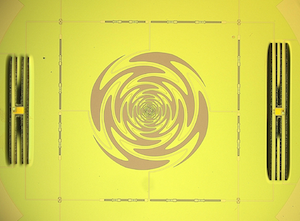
|
Antenna design and nanofabrication
We work on the antenna design and fabrication (specifically broadband lenslet coupled sinuous antenna) for current and
next generation CMB experiments. Much of this work happens at the Marvell Nanofabrication Lab
as well as Lawrence Berkeley National Lab .
|
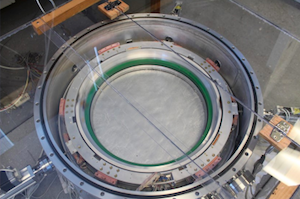
|
Development of cryogenic continuously rotating half wave plates
We have been leading the development of a continously rotating sapphire HWP for the Simons Array and Simons Simons Observatory
experiments. This technology promises to deliver the systematic error mitigation benefits of polarization modulation without the
sensitivity cost incurred when the wave plate is at ambient temperature.
|

|
Data analysis at small angular scales
POLARBEAR-1 has taken 4700 hours of CMB data focused on B modes at small angular scales. We have published science papers including the first detection of the BB autospectrum,
a measurement of the lensing power spectrum based on 4pt estimators and cross-correlation with the CIB, and a constraint on cosmic birefringence. We're actively working on further lensing analysis and cross-correlation
with other surveys in the optical and infrared frequencies.
|
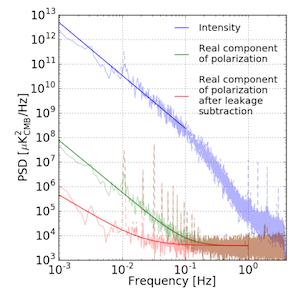
|
Data analysis with continously rotating half wave plates
We have been actively involved in analyzing the data taken with the Polarbear-1 and Polarbear-2 experiments
with a particular emphasis on development of novel techniques required by the use of a continuously rotating
HWP.
|
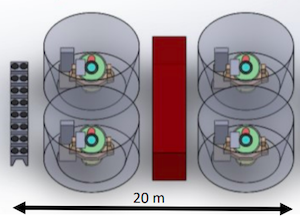
|
Simons Observatory Small Aperture instrument
We will be heavily involved in the small aperture instrument being designed and built by the Simons Observatory collaboration.
This instrument will map the large scale polarization of the sky to an unprecedented depth at a wide range of frequencies with
an eye towards a discovery of the primordial gravitational waves.
|
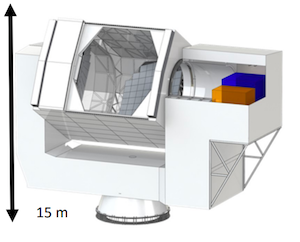
|
Simons Observatory Large Aperture instrument
The Simons Observatory will also design and build a large aperture instrument that will be sensitive to smaller scale anisotropies
in the CMB. This instrument will study galaxy clusters and measure the sum of the neutrino masses as well as the effective number of
relativistic species in the early universe.
|

|
LiteBIRD
LiteBIRD is a proposed next generation CMB satellite that will map the CMB at a wider range of frequencies
than can be reached from ground-based experiments. The UCB group is actively involved in the detector and focal plane design.
|
 hide forever |
hide once
hide forever |
hide once